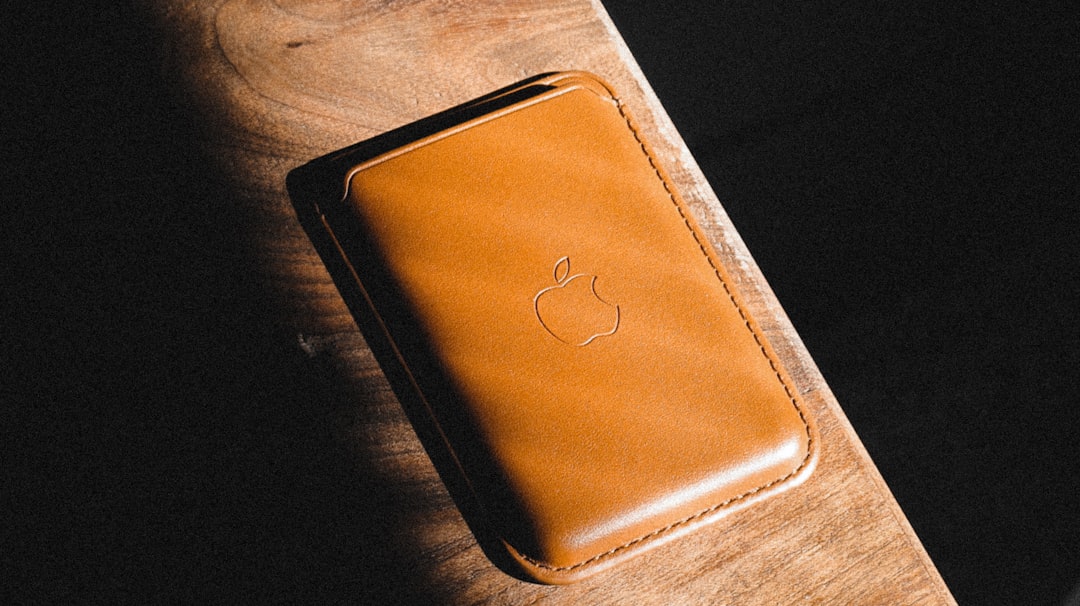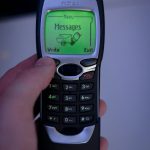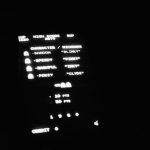In the world of branding and design, logos and typography are fundamental elements that communicate identity, create emotional resonance, and convey information. When paired skillfully, they can enhance memorability, express brand personality, and improve usability. However, striking that perfect balance often proves tricky. Poor alignment between a logo and the surrounding type can result in a cluttered and confusing visual experience — the antithesis of good design.
TL;DR
A great logo isn’t enough — it needs to be paired with typography in a way that enhances user experience without overwhelming the eye. This means selecting fonts that complement the logo, spacing elements harmoniously, and using visual hierarchy efficiently. By emphasizing restraint, simplicity, and brand coherence, designers can avoid visual clutter and allow both the logo and the typography to shine. The key is creating a unified system where all elements serve the same purpose: memorable and effective communication.
The Role of Logos and Typography in Visual Communication
Both logos and type are not just ornaments; they’re essential building blocks in a brand’s communication strategy. A logo serves as the face of the company—they are meant to be distinct, memorable, and scalable. Typography, on the other hand, is the voice, offering tone and readability across touchpoints.
When these two design elements are poorly matched, the viewer is left confused or disinterested. In contrast, a well-paired logo and typography duo creates a consistent and engaging narrative. To achieve this harmony, designers must learn the art of visual restraint.
What Is Visual Clutter?
Visual clutter occurs when too many elements compete for attention simultaneously. It includes:
- Conflicting fonts that clash stylistically with the logo
- Overuse of colors or styles within text blocks
- Improper spacing between logo and typography
- Lack of a clear visual hierarchy
Too much clutter defeats the goal of effective design: to clearly communicate and persuade. The key lies in “less but better.” This minimalist approach ensures each design element has a reason to exist.
Strategies for Seamless Logo and Typography Pairing
Here are some tried-and-tested techniques to ensure that your logo and accompanying typography play well together:
1. Understand the Brand’s Voice
First and foremost, determine the tone and personality of the brand. Is it elegant and traditional? Bold and modern? Playful and quirky? Your logo and font choices must share these attributes to create unity. A serif font may work wonders for a law firm’s logo, but feel out of place beside an app startup’s sleek wordmark.
2. Use Font Pairing Principles
Typography doesn’t work in a vacuum. When choosing accompanying typefaces, especially for taglines or headers that appear near the logo, consider these common font pairing practices:
- Contrast but Complement: Pair a bold display font with a subtler body font
- Limit Type Families: Stick to 1 to 2 type families to keep things unified
- Font Mood Matters: A geometric sans-serif suggests tech and innovation, while a rounder sans feels friendly and soft

3. Mind the Spacing
The “whitespace” or buffer around your logo and text is vital to avoid visual congestion. Many designers overlook kerning, leading, and padding which are essential for legibility and elegance. Ensuring consistent margins between logo components and nearby type improves flow and clarity.
4. Align with Grid Systems
Professional designers swear by grids — and with good reason. Aligning text, logos, and navigational elements to an underlying grid adds balance and orderliness. This structure ensures that even complex typographical systems feel clean and manageable.
Common Pitfalls in Logo-Typography Pairing
Even experienced designers fall prey to certain mistakes. Here are some traps to avoid:
- Using Display Fonts in Body Copy: Fonts meant for headlines may be decorative but lack readability at smaller sizes
- Choosing Fonts That Are Too Similar: Having a logo and surrounding type in extremely similar fonts creates confusion rather than cohesion
- Not Testing at Different Sizes: A pairing that looks good at 1000px might collapse at 300px
- Over-relying on Trends: Trendy fonts can become dated fast; stick with timeless basics unless the brand calls for it
Case Studies: Simplicity Done Right
Apple
Apple is the gold standard when it comes to minimal, clutter-free branding. Their logo, a sleek silhouette of an apple, is paired with San Francisco, their own proprietary sans-serif font. The spacing and proportionality are measured with military precision.
Spotify
Spotify’s wordmark and accompanying Gothic-style fonts balance boldness with approachability. Both type and logo use geometric principles, giving a matte and modern look. The result? A seamless and instantly recognizable brand system.

Designing for Versatility
A logo-typography pair shouldn’t just work on a website; it must scale elegantly across media. Think business cards, billboards, packaging, signage, and social media avatars. This requires planning for:
- Responsive Design: Ensure the typography works well alongside the logo on both mobile and desktop views
- Grayscale Adaptability: Does the type read well in black and white, or when color is removed?
- Cross-Material Use: Printed materials and screen media have different needs — test across all
Tools for Testing Pairings
Modern design tools can help streamline decision-making. Consider the following resources:
- Figma & Sketch: Use for mockups and spacing trials
- Typewolf: Discover font pairings and trend analysis
- Adobe Fonts: Preview combinations before purchasing
- Wix or Canva: Beginner-friendly platforms with pre-set logo and font combos
When to Break the Rules
Like all design disciplines, logo and typography pairings also have room for rule-breaking — but only when done intentionally. Iconic brands like Mailchimp use oddball fonts like Cooper Light next to a fun, hand-drawn mascot logo. And it works precisely because the brand’s communication goals align with the quirkiness.
Rule-breaking should always serve the brand’s emotional message. If eccentricity or rebellion is part of the brand identity, a chaotic or bold mismatch might actually work in one’s favor. Just be intentional and thorough in execution.
Conclusion: Simplicity Requires Intention
Effective pairing of logos and typography doesn’t involve throwing together trendy fonts and symbols. It rests on strategy, alignment with brand personality, and above all — restraint. Avoiding visual clutter means letting every design element breathe and function without overpowering its counterpart.
When aligned with thoughtful compositions, clean lines, and carefully chosen typefaces, logos move beyond icons — they become complete extensions of a brand’s voice. So next time you’re placing a logo next to text, pause and ask: Does this pairing help my message sing or does it drown in noise?
 minimal logo, font pairing, visual hierarchy[/ai-img>
minimal logo, font pairing, visual hierarchy[/ai-img>
Design is clarity. Good design is clarity without clutter. And great design? That’s a conversation without saying a word.







